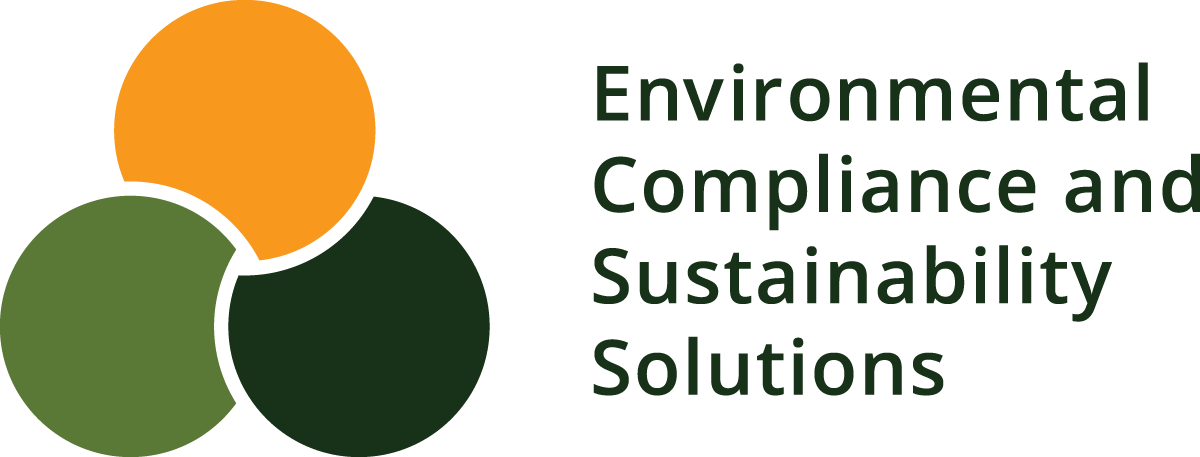The Journey to ISO Certification: Part 2
Develop the Management System Documentation
Welcome to Part 2 of my 5-Part series “The Road to ISO Certification”. In Part 1, I discussed the importance of the gap analysis. Today, I want to talk about how to develop the Management System Documentation. The clauses in the ISO 14001:2015 standard define the requirements for certification. The management system documentation outlines how your organization meets these requirements.

The gap analysis conducted in step one will generate a list of actions, which can be divided into basically two categories; modifying existing documents and creating new documents. It may be tempting to roll up your sleeves and get to work at the start of that list, but I implore you to pause and take a moment to be strategic. Yes, the primary goal of the management system documentation is to ensure your organization meets the various clauses of the ISO standard – but it should also be designed to:
- Make audits painless
- Be tamper-proof
Painless Audits
Yes, it’s possible! I highly recommend creating a central document with two columns: one for listing all the ISO requirements, and the other for identifying where the documentation to demonstrate compliance can be found. If you’re part of a multi-site organization you may consider a 3-column structure: (1) ISO requirement, (2) Company Wide documentation (3) Site specific documentation. Come audit time you can use this central document as a cheat sheet when the auditor is asking you to show evidence of compliance to the standard.
Tamper-Proof Documentation
Many policies and procedures created to satisfy ISO 14001:2015 will be used by various people at your facility. For instance, the maintenance department will manage records of repairs and maintenance of pollution control equipment. When preparing for accreditation, you might modify existing procedures to ensure records are kept in an accessible area for a specified duration. After discussing and implementing this change with the head of maintenance, a maintenance staff member unaware of the reason might remove the record-keeping requirement. This could easily compromise compliance.
To make your documents tamper-proof:
- Add a note indicating that a step is necessary for compliance whenever you add a step to a procedure to meet ISO 14001:2015.
- Ensure the individual responsible for ISO 14001 is a secondary approver on all documents demonstrating compliance. This prevents changes that could lead to non-compliance without your approval.
I hope these tips help you on your road to accreditation. If you need a little more support reach out! I’d love to help.





